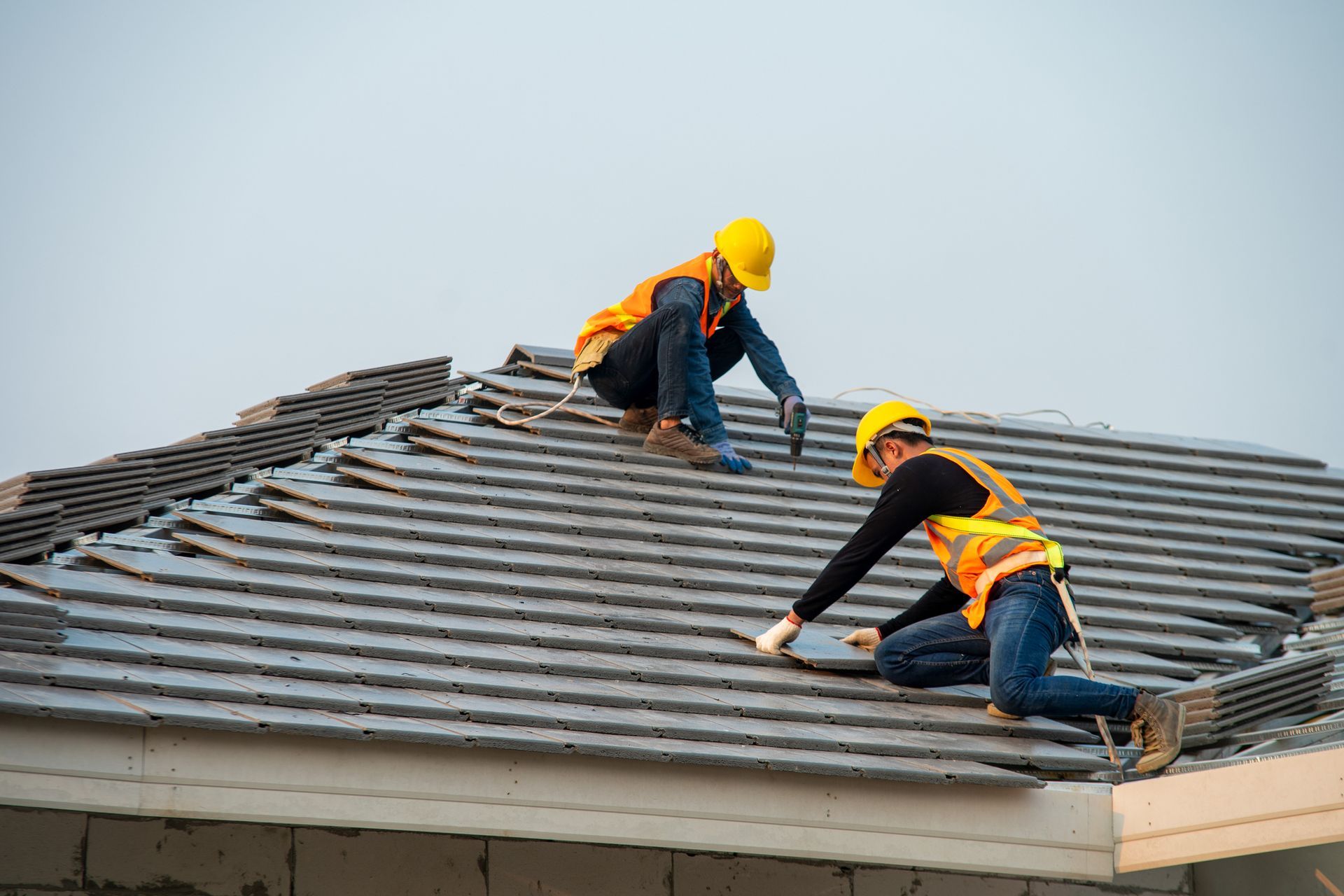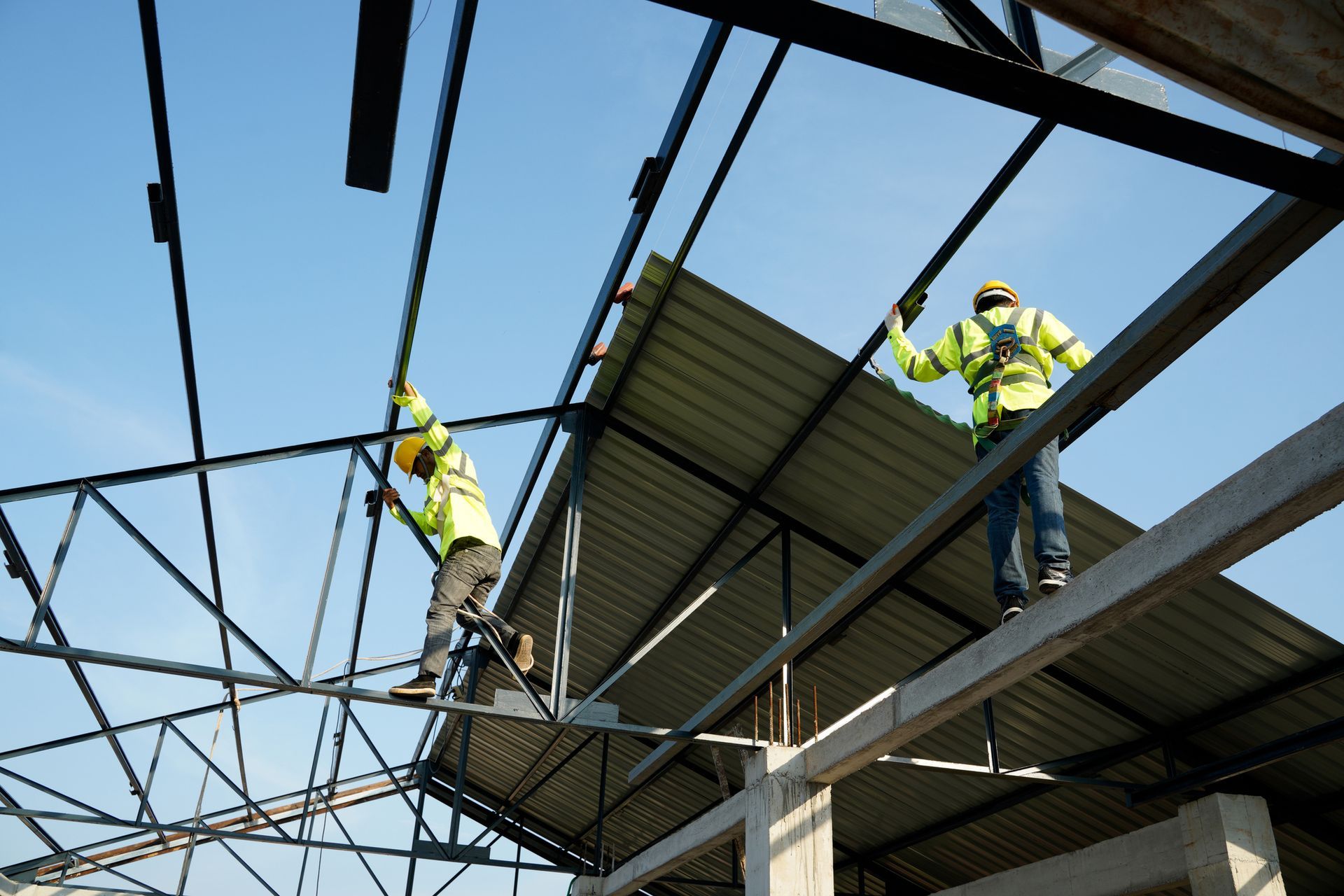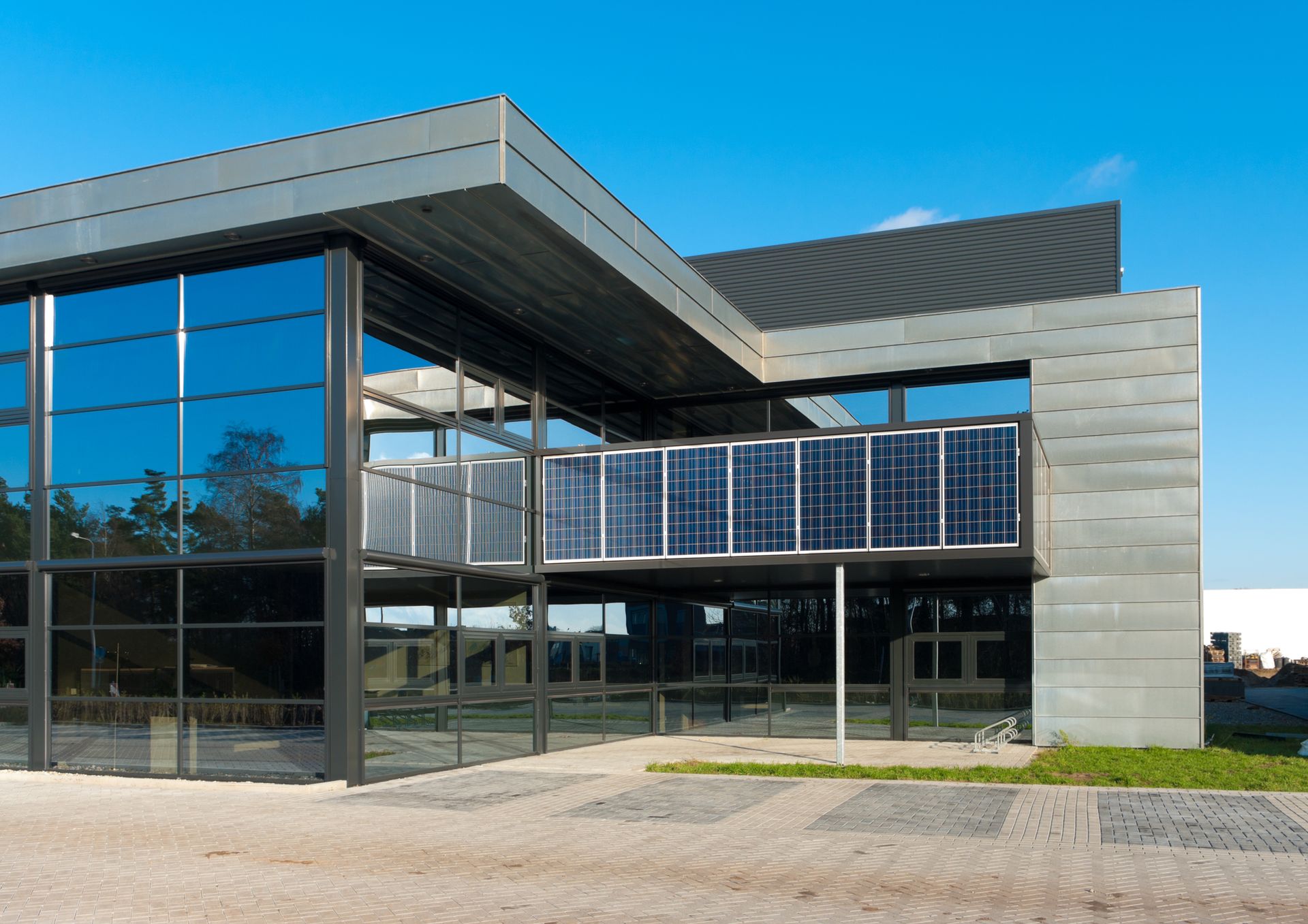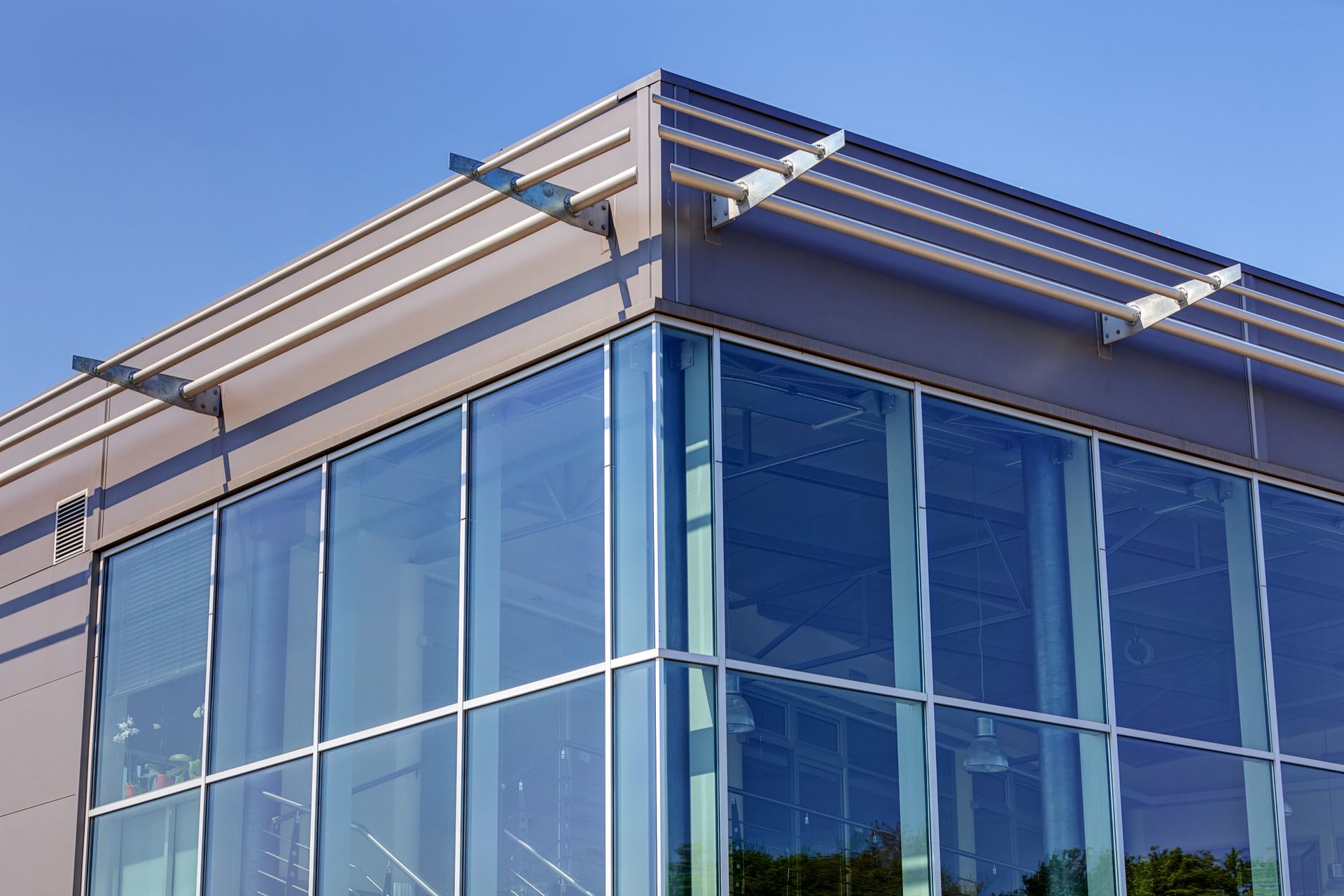Navigating the Cost and Process of Storm Damage Roof Repair
Storms can wreak havoc on homes, leaving homeowners to deal with extensive roof damage that demands prompt attention. Understanding the cost implications and the repair process can help alleviate some of the stress associated with restoring your home's integrity. For those affected, the expertise of a professional roofing contractor is essential to ensure quality and efficiency.
This guide will explore what to expect regarding the cost of storm damage roof repair and provide a step-by-step explanation of the roof repair process.
Understanding the Cost of Storm Damage Roof Repair
When a storm leaves your roof battered, assessing the damage and estimating the cost of repair becomes a priority. Multiple factors contribute to the expense of roof repair, and it is important to understand these elements to plan accordingly.
Factors Influencing Repair Costs
The cost of storm damage roof repair is primarily influenced by the extent of the damage. Minor repairs, such as replacing a few shingles or fixing small leaks, will be less costly than significant structural damage requiring extensive work. The type of roofing material also plays a crucial role; for instance, asphalt shingles usually cost less to replace compared to slate, tile, or metal roofing. In addition, the complexity of the roof's design and the height of the structure may affect labor costs, with more complex and higher roofs demanding more skilled labor and safety precautions.
Additional Cost Considerations
Besides the direct cost of materials and labor, other considerations might add to the overall expense. Permits may be required for certain types of repairs, and obtaining these can incur additional costs. Furthermore, storm damage might expose underlying issues with the roof that were previously unnoticed, such as rot or poor insulation, which would necessitate further repairs and raise the total cost. It is advisable to budget for unexpected expenses to avoid financial surprises during the repair process.
From Start to Finish: The Roof Repair Process Explained
The roof repair process can seem daunting, especially following a storm. Understanding each step from start to finish can demystify the procedure and help you prepare for what lies ahead.
Initial Assessment and Inspection
The first step involves a thorough inspection by a qualified roofing contractor. They will evaluate the extent of the damage, identify areas needing immediate attention, and document their findings. This stage is crucial as it informs the overall repair strategy and provides the necessary details for insurance claims if applicable.
Securing and Temporary Measures
To prevent further damage to the home, temporary measures like tarping might be essential. This step ensures that the elements are kept at bay while the full repair plan is being developed and materials are gathered.
Detailed Repair Plan and Estimation
Once the initial assessment is complete, the roofing contractor will develop a detailed repair plan. This plan will include an estimate of the costs, the timeline for the repairs, and the scope of work to be undertaken. It will specify the materials to be used and outline any additional work required due to underlying issues uncovered during the inspection.
Insurance Claims and Approvals
If your roof repairs are covered by insurance, your contractor can often assist with the claims process. They will provide the documentation and evidence needed to support your claim and liaise with the insurance company to ensure approvals are obtained quickly. It’s essential to understand your insurance policy and coverage details to streamline this process.
Execution of Repairs
Once all approvals are obtained and materials sourced, the actual repair work begins. The timeline for this phase can vary depending on the extent of the damage and the complexity of the repairs. Professional roofing contractors will follow the repair plan meticulously, ensuring all damaged sections are addressed, materials are properly installed, and the structural integrity of the roof is restored.
Final Inspection and Quality Assurance
After the repairs are completed, a final inspection ensures that all work has been done to standard. The roofing contractor will verify that all repairs meet local building codes and manufacturer specifications. This stage provides peace of mind, ensuring the roof is in optimal condition and future-proofed against similar incidents.
Post-Repair Maintenance and Care
Maintaining your roof post-repair is essential to prolong its lifespan. Scheduling regular inspections and routine maintenance can help identify potential issues early and prevent costly repairs down the line. Your roofing contractor can guide proper maintenance practices tailored to your specific roofing material and local weather conditions.
In conclusion, understanding the cost factors and the repair process can help homeowners effectively manage storm damage and work smoothly with their chosen roofing contractor. Being well-informed empowers you to make better decisions and ensures that your home remains safe and secure, even in the aftermath of severe weather.
Contact our team at Diamond Roofers LLP to learn more.






